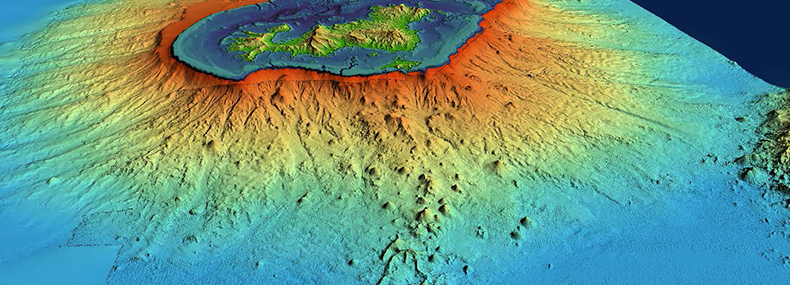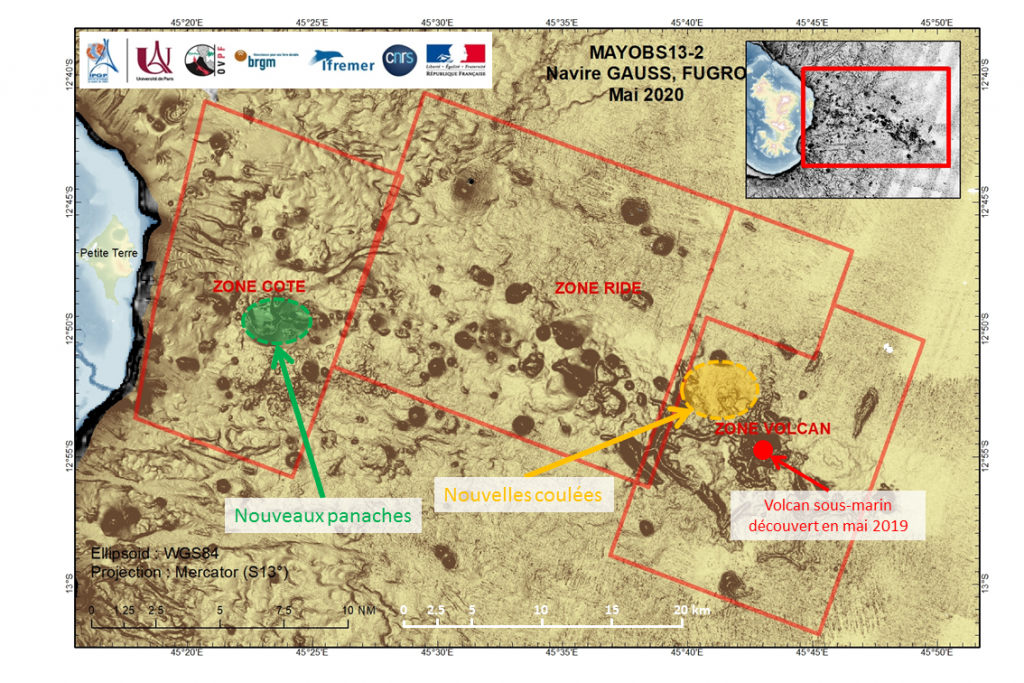Initial assessment of MAYOBS 13 campaigns
INTERMINISTERIAL PRESS RELEASE 04/06/2020 - Successful marine campaigns to monitor seismo-volcanic phenomena off Mayotte

Publication date: 04/06/2020
Observatories, Press, Research
Related observatories : Volcanological and Seismological Monitoring Network of Mayotte (REVOSIMA)
Related themes : Natural Hazards








